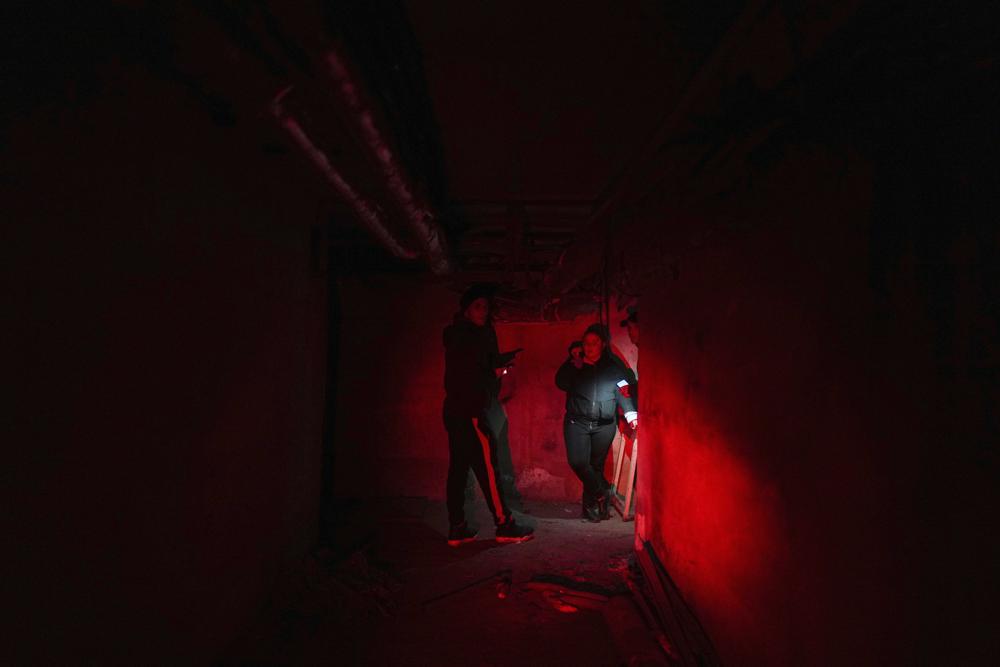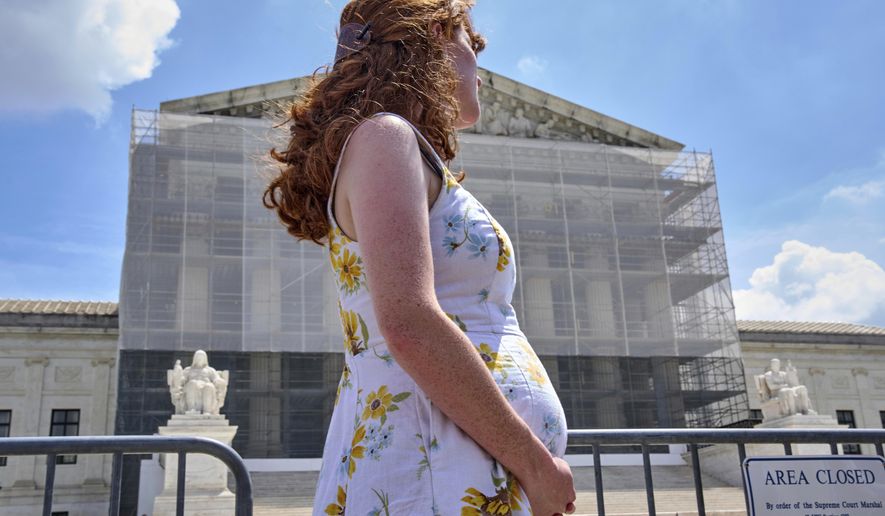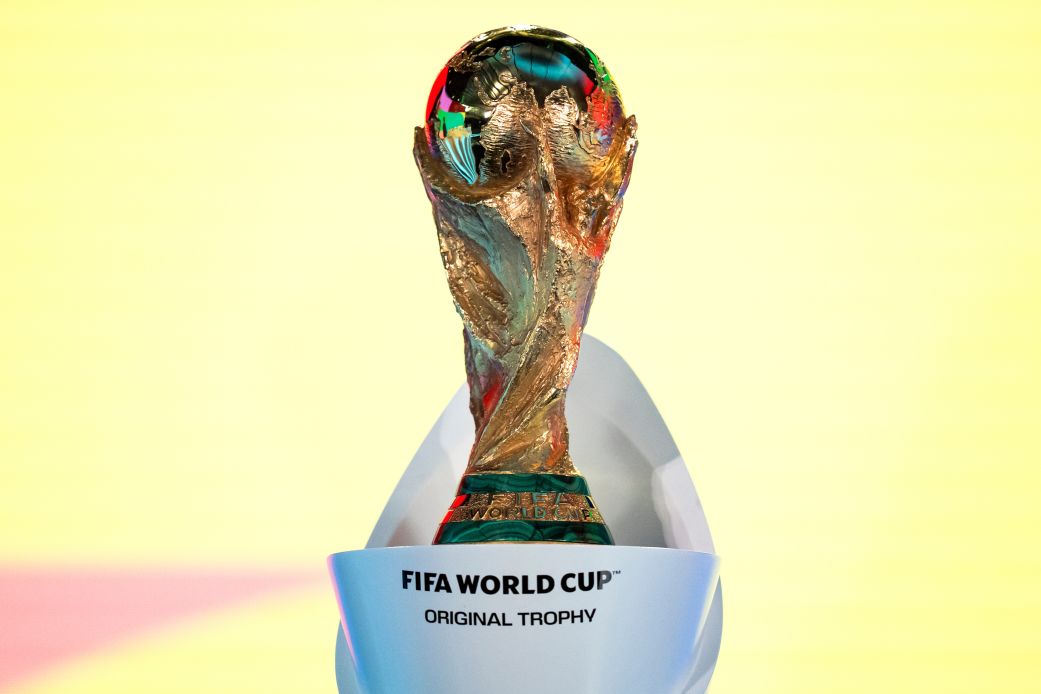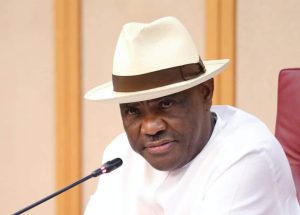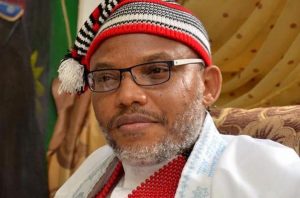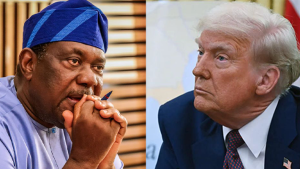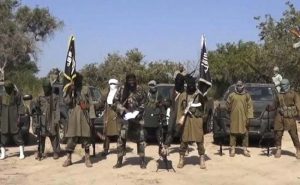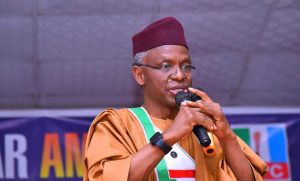Russian Forces Take Over Chernobyl Nuclear Power Plant In Ukraine
KYIV, Ukraine (AP) — Russia launched a full-scale invasion of Ukraine on Thursday, unleashing airstrikes on cities and military bases and sending troops and tanks from multiple directions in a move that could rewrite the world’s geopolitical landscape. Ukraine’s government pleaded for help as civilians piled into trains and cars to flee.

President Vladimir Putin ignored global condemnation and cascading new sanctions as he unleashed the largest ground war in Europe in decades, and chillingly referred to his country’s nuclear arsenal. He threatened any foreign country trying to interfere with “consequences you have never seen.”
Ukrainian officials said their forces were battling Russians on a multiple fronts, and had lost control of the decommissioned Chernobyl nuclear power plant, scene of the world’s worst nuclear disaster.
“Russia has embarked on a path of evil, but Ukraine is defending itself and won’t give up its freedom,” Ukrainian President Volodymyr Zelenskyy tweeted.
Later, he offered Russia an end to the hostilities.
“It wasn’t Ukraine that chose the path of war, but Ukraine is offering to go back to the path of peace,” he said.
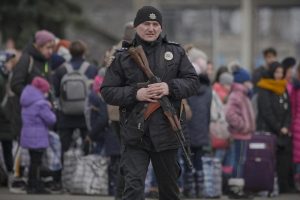
Zelenskyy, who earlier cut diplomatic ties with Moscow and declared martial law, described Russian forces advancing on a series fronts, including a “difficult situation” developing in Kharkiv, Ukraine’s second-largest city, just over 20 kilometers away from the eastern border with Russia, and Russian troops slowly advancing from the north on the city of Chernihiv. He said a Russian airborne unit at an airport just outside Kyiv, the capital, was being destroyed.
He appealed to global leaders, saying that “if you don’t help us now, if you fail to offer a powerful assistance to Ukraine, tomorrow the war will knock on your door.”
Both sides claimed to have destroyed some of the other’s aircraft and military hardware, though little of that could be confirmed.
Hours after the invasion began, Russian forces seized control of the zone around the now-unused Chernobyl plant after a fierce battle, Zelenskyy adviser Myhailo Podolyak told The Associated Press.
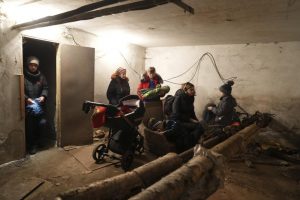
A Ukrainian official said Russian shelling hit a radioactive waste repository and an increase in radiation levels was reported. The official spoke on condition of anonymity to discuss the sensitive matter.
A nuclear reactor at the plant 130 kilometers (80 miles) north of Ukraine’s capital, Kyiv, exploded in 1986, sending a radioactive cloud across Europe. The damaged reactor was covered by a protective shelter several years ago to prevent radiation leaks.
“This is one of the most serious threats to Europe today,” Podolyak said.
The chief of the NATO alliance said the “brutal act of war” shattered peace in Europe, joining a chorus of world leaders who decried the attack, which could cause massive casualties, topple Ukraine’s democratically elected government and upend the post-Cold War security order. The conflict was already shaking global financial markets: Stocks plunged and oil prices soared amid concerns that heating bills and food prices would skyrocket.
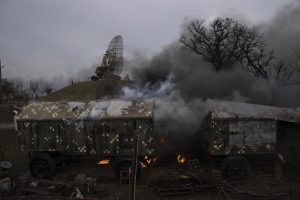
Condemnation rained down not only from the U.S. and Europe, but from South Korea, Australia and beyond — and many governments readied new sanctions. Even friendly leaders like Hungary’s Viktor Orban sought to distance themselves from Putin. British Prime Minister Boris Johnson said he aimed to cut off Russia from the U.K.’s financial markets as he announced sanctions in response to the invasion.
A senior U.S. official said the U.N. Security Council was expected to vote Friday on a resolution condemning Russia for the attack and demanding the immediate withdrawal of its forces. The vote will proceed even though the legally binding measure will almost certainly be vetoed by Russia, said the official, who wasn’t authorized to discuss the matter publicly and spoke on condition of anonymity.
While some nervous Europeans speculated about a possible new world war, the U.S. and its NATO partners have so far shown no indication they would join in a war against Russia. They instead mobilized troops and equipment around Ukraine’s western flank — as Ukraine pleaded for defense assistance and help protecting its airspace.

In Washington, President Joe Biden convened a meeting of the National Security Council on Ukraine as the U.S. prepares new sanctions. Biden administration officials have signaled that two of the measures they were considering most strongly include hitting Russia’s biggest banks and slapping on new export controls meant to starve Russia’s industries and military of U.S. semiconductors and other high-tech components.
The attacks came first from the air. Later Ukrainian authorities described ground invasions in multiple regions, and border guards released footage showing a line of Russian military vehicles crossing into Ukraine’s government-held territory. European authorities declared the country’s airspace an active conflict zone.
It wasn’t until late Thursday afternoon that Russia confirmed that its ground forces had moved into Ukraine, saying they’d crossed over from Crimea, the southern region that Russia annexed in 2014.
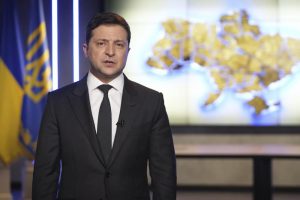
In a worrying development, Zelenskyy said Russian forces were trying to seize the Chernobyl plant, and a Ukrainian official said Russian shelling hit a radioactive waste repository and an increase in radiation levels was reported. The official spoke on condition of anonymity to discuss the sensitive matter.
Other governments did not immediately corroborate or confirm the claims.
The plant was the site of the world’s worst nuclear accident when a nuclear reactor exploded in 1986, spewing a radioactive cloud across Europe. The plant lies 130 kilometers (80 miles) north of the capital of Kyiv.
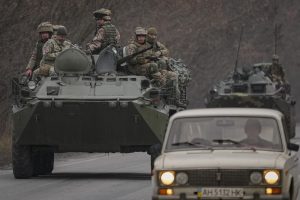
After weeks of denying plans to invade, Putin launched the operation on a country the size of Texas that has increasingly tilted toward the democratic West and away from Moscow’s sway. The autocratic leader made clear earlier this week that he sees no reason for Ukraine to exist, raising fears of possible broader conflict in the vast space that the Soviet Union once ruled. Putin denied plans to occupy Ukraine, but his ultimate goals remain hazy.
Ukrainians who had long braced for the prospect of an assault were urged to shelter in place and not to panic.
“Until the very last moment, I didn’t believe it would happen. I just pushed away these thoughts,” said a terrified Anna Dovnya in Kyiv, watching soldiers and police remove shrapnel from an exploded shell. “We have lost all faith.”
With social media amplifying a torrent of military claims and counter-claims, it was difficult to determine exactly what was happening on the ground.
Associated Press reporters saw or confirmed explosions in the capital, in Mariupol on the Azov Sea, Kharkiv in the east and beyond. AP confirmed video showing Russian military vehicles crossing into Ukrainian-held territory in the north from Belarus and from Russian-annexed Crimea in the south.
Russian and Ukrainian authorities made competing claims about damage they had inflicted. Russia’s Defense Ministry said it had destroyed scores of Ukrainian air bases, military facilities and drones, and confirmed the loss of a Su-25 attack jet, blaming it on “pilot error.” It said it was not targeting cities, but using precision weapons and claimed that “there is no threat to civilian population.”
Ukraine’s armed forces They reported at least 40 soldiers dead, and said a military plane carrying 14 people crashed south of Kyiv.
Poland’s military increased its readiness level, and Lithuania and Moldova moved toward doing the same. Border crossings increased from Ukraine to Poland, which has prepared centers for refugees.
Putin justified his actions in an overnight televised address, asserting that the attack was needed to protect civilians in eastern Ukraine — a false claim the U.S. had predicted he would make as a pretext for an invasion. He accused the U.S. and its allies of ignoring Russia’s demands to prevent Ukraine from joining NATO and for security guarantees.
He called the military action a “forced measure” stemming from rising security risks for Russia.
Anticipating international condemnation and countermeasures, Putin issued a stark warning to other countries not to meddle.
In a reminder of Russia’s nuclear power, he warned that “no one should have any doubts that a direct attack on our country will lead to the destruction and horrible consequences for any potential aggressor.”
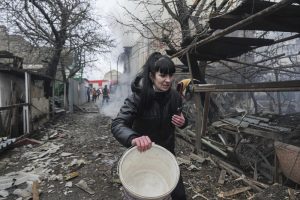
Among Putin’s pledges was to “denazify” Ukraine. World War II looms large in Russia, after the Soviet Union suffered more deaths than any country while fighting Adolf Hitler’s forces.
Kremlin propaganda paints members of Ukrainian right-wing groups as neo-Nazis, exploiting their admiration for WWII-era Ukrainian nationalist leaders who sided with the Nazis. Ukraine is now led by a Jewish president who lost relatives in the Holocaust and angrily dismissed the Russian claims.
Putin’s announcement came just hours after the Ukrainian president rejected Moscow’s claims that his country poses a threat to Russia and made a passionate, last-minute plea for peace.
__
Isachenkov and Litvinova reported from Moscow. Angela Charlton in Paris; Geir Moulson and Frank Jordans in Berlin; Raf Casert and Lorne Cook in Brussels; Nic Dumitrache in Mariupol, Ukraine, Inna Varennytsia in eastern Ukraine; and Robert Burns, Matthew Lee, Aamer Madhani, Eric Tucker, Nomaan Merchant, Ellen Knickmeyer, Zeke Miller, Chris Megerian and Darlene Superville in Washington contributed.
